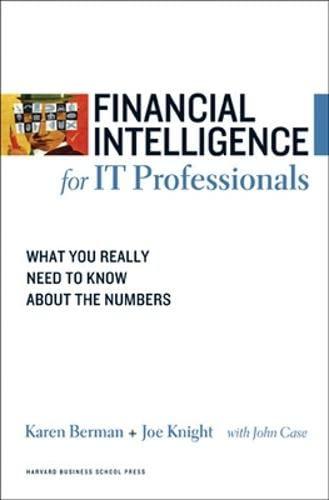e. On the basis of information in the problem, would you recommend the project should be accepted? Whar le MINI CASE 12 (2) HO Shrieves Casting Company is considering adding a new line to its product mix, and the capital bud- geting analysis is being conducted by Sidney John- son, a recently graduated MBA. The production line would be set up in unused space in Shrieves' main plant. The machinery's invoice price would be ap- proximately $200,000, another $10,000 in shipping charges would be required, and it would cost an addi- tional $30,000 to install the equipment. The machin ery has an economic life of 4 years, and Shrieves has obtained a special tax ruling that places the equip- ment in the MACRS 3-year class. The machinery is expected to have a salvage value of $25,000 after 4 years of use. The new line would generate incremental sales of 1.250 units per year for 4 years at an incremental cost of $100 per unit in the first year, excluding deprecia- tion. Each unit can be sold for $200 in the first year. the sales price and cost are both expected to increase by 3% per year due to inflation. Further, to handle the new line, the firm's net working capital would have to increase by an amount equal to 12% of sales revenues. The firm's tax rate is 40%, and its overall weighted average cost of capital is 10%. WI 2) Per e. On the basis of information in the problem, would you recommend the project should be accepted? Whar le MINI CASE 12 (2) HO Shrieves Casting Company is considering adding a new line to its product mix, and the capital bud- geting analysis is being conducted by Sidney John- son, a recently graduated MBA. The production line would be set up in unused space in Shrieves' main plant. The machinery's invoice price would be ap- proximately $200,000, another $10,000 in shipping charges would be required, and it would cost an addi- tional $30,000 to install the equipment. The machin ery has an economic life of 4 years, and Shrieves has obtained a special tax ruling that places the equip- ment in the MACRS 3-year class. The machinery is expected to have a salvage value of $25,000 after 4 years of use. The new line would generate incremental sales of 1.250 units per year for 4 years at an incremental cost of $100 per unit in the first year, excluding deprecia- tion. Each unit can be sold for $200 in the first year. the sales price and cost are both expected to increase by 3% per year due to inflation. Further, to handle the new line, the firm's net working capital would have to increase by an amount equal to 12% of sales revenues. The firm's tax rate is 40%, and its overall weighted average cost of capital is 10%. WI 2) Per








